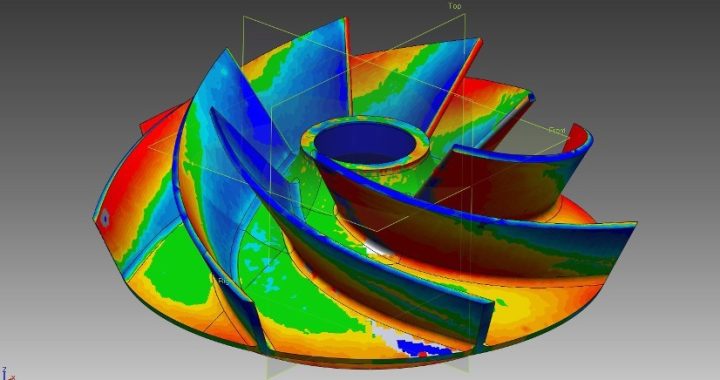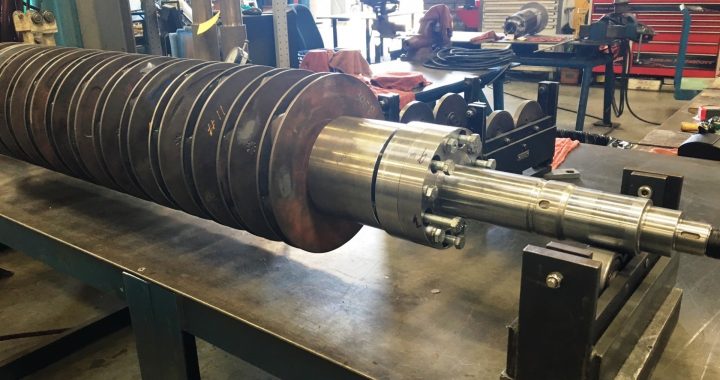A Midwest US fertilizer plant had a boiler feed pump whose casing suffered from significant erosion damage at the packing gland location. The damage to the casing was severe enough that it was unusable. The delivery time and cost for a new pump both exceeded what the plant felt comfortable with, so they looked for alternative means to return the pump to reliable operation.
To provide a solution that reduced cost and lead time, Hydro’s Chicago service center explored various outlets for a used casing that could be refurbished for the service. Fortunately, a casing that matched the original boiler feed pump’s size and number of stages was found and procured.
Understanding the importance of casing geometry for hydraulic and mechanical performance, Hydro’s engineering team performed an extensive analysis of the two cases to verify geometric equivalency. After the engineering analysis concluded that the used case would meet the required hydraulic performance, it was refurbished and brought up to best-in-class tolerances.

As a final check to ensure that the refurbished case would operate smoothly and achieve the desired performance, the newly assembled pump was tested at Hydro’s performance test lab. The test lab generated a full performance curve that verified that the pump met the design operating flow and head. Mechanical performance was also assessed to ensure that vibration was acceptable throughout the operating range.
By reusing an old casing instead of purchasing a new pump, the site was able to reduce the cost of the repair. More importantly, the repair was completed in a much shorter timeframe than it would have taken to source a new pump. This greatly reduced the risk to plant production of not having a spare pump available on-site.




